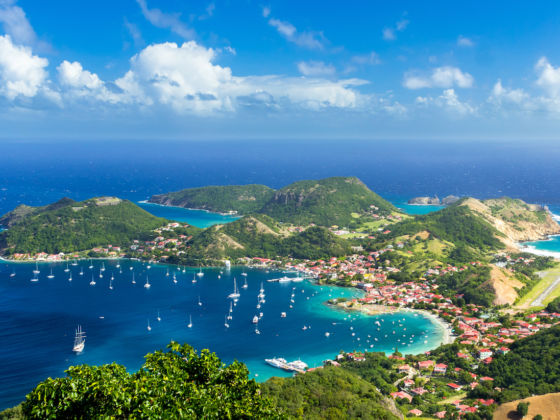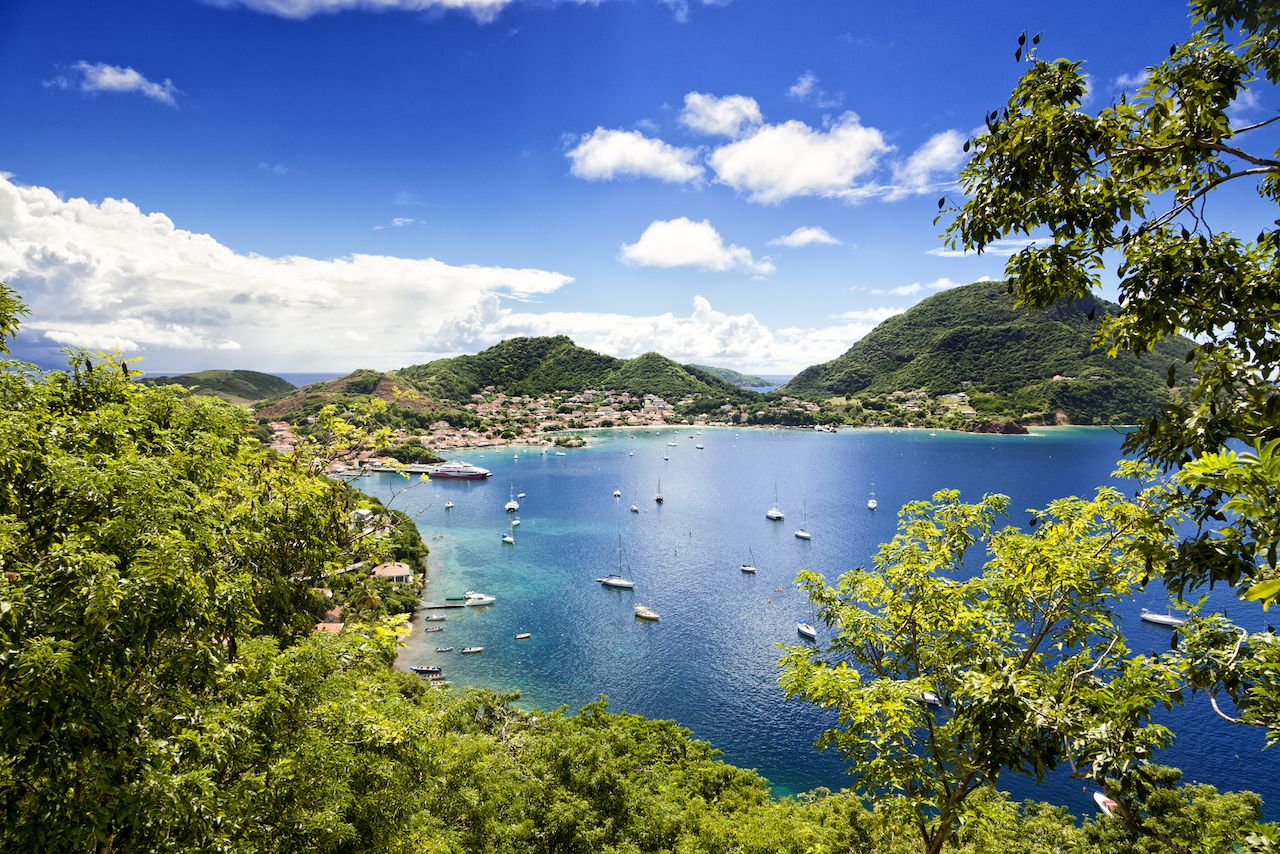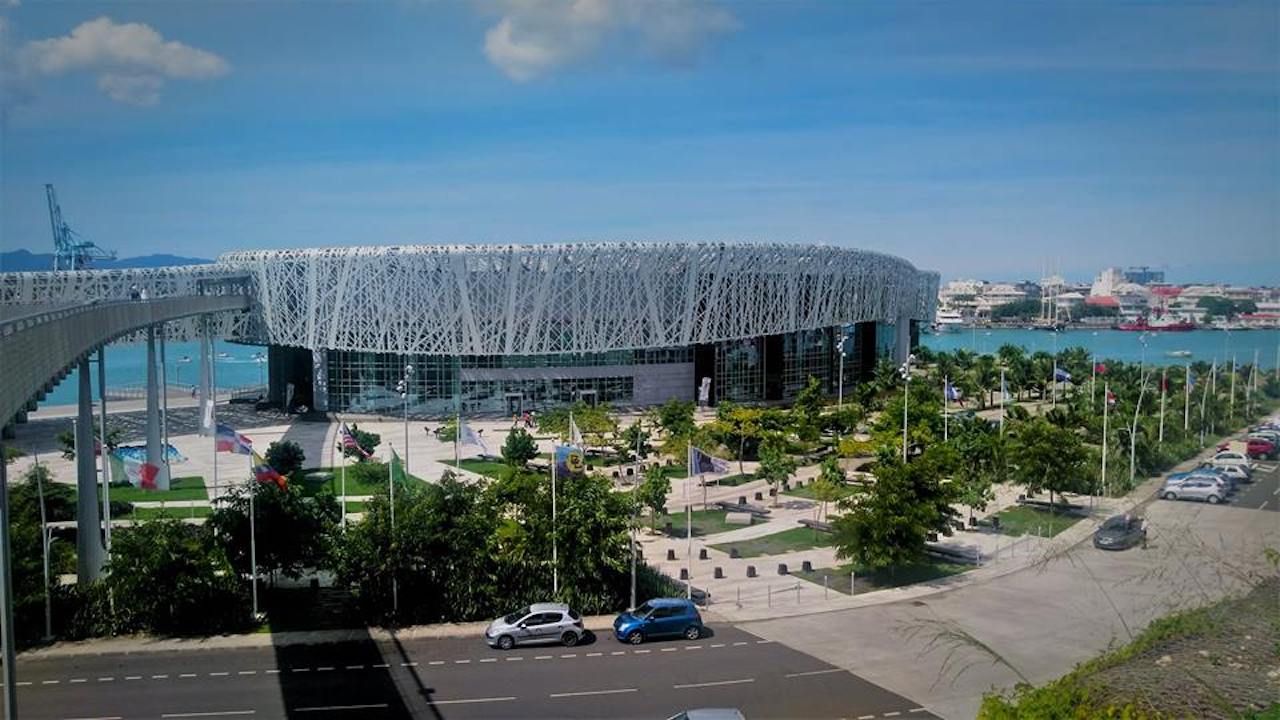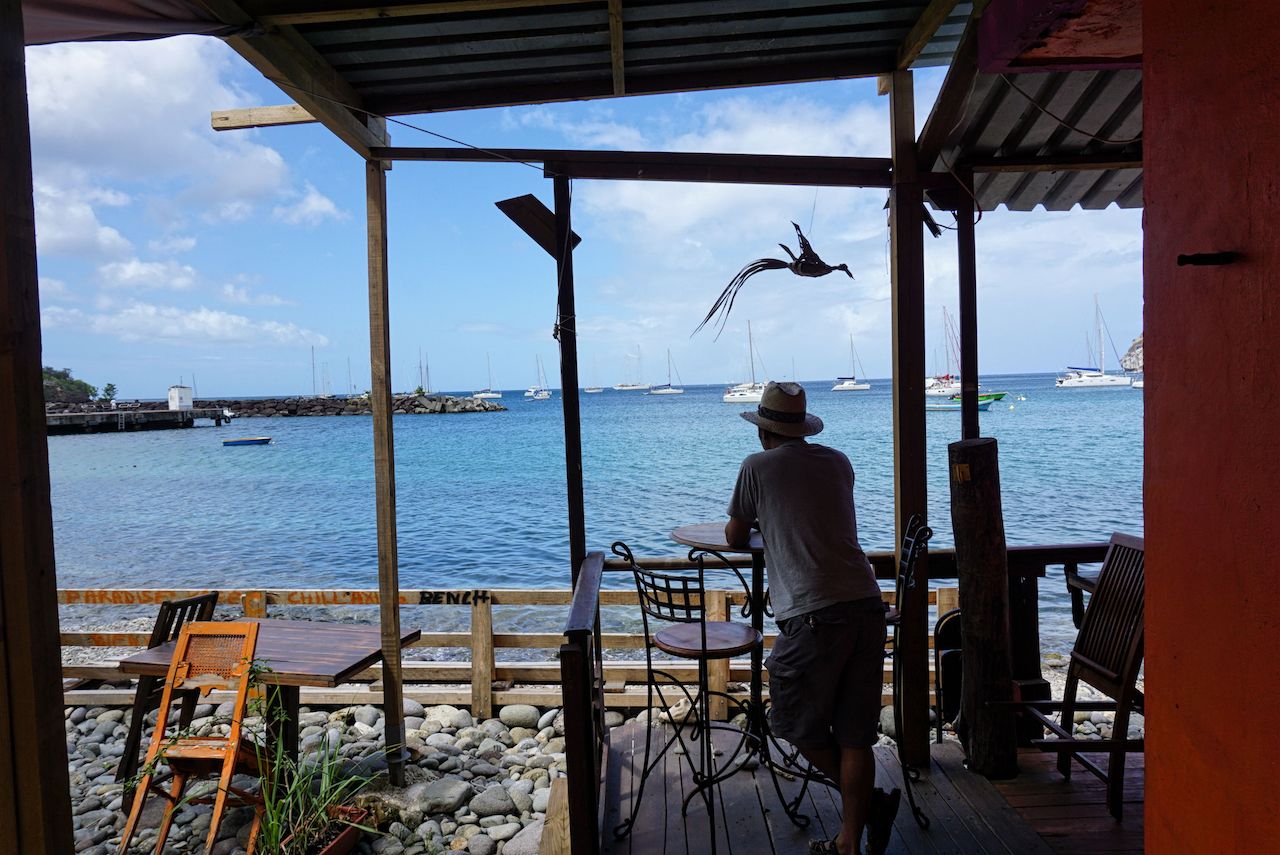“Most people, they think we’re in f**king Mexico,” my guide laughs over rum punches on my first night in Guadeloupe. “Like we’re gwa-da-LOOP-ay or something.”
Such is the struggle of Guadeloupe (pronounced gwa-da-LOOP), the French Caribbean island that sits smack in the middle of the Lesser Antilles near St. Maarten and Dominica. AKA nowhere near Mexico. Though it’s one of the larger Caribbean territories, it somehow gets forgotten in North America’s collective consciousness. Which is a shame, because while it doesn’t boast a ton of sprawling all-inclusives or draw glamorous celebrities, it is the perfect way to experience both France and the Caribbean. Here are seven reasons you should make this your next tropical vacation.







